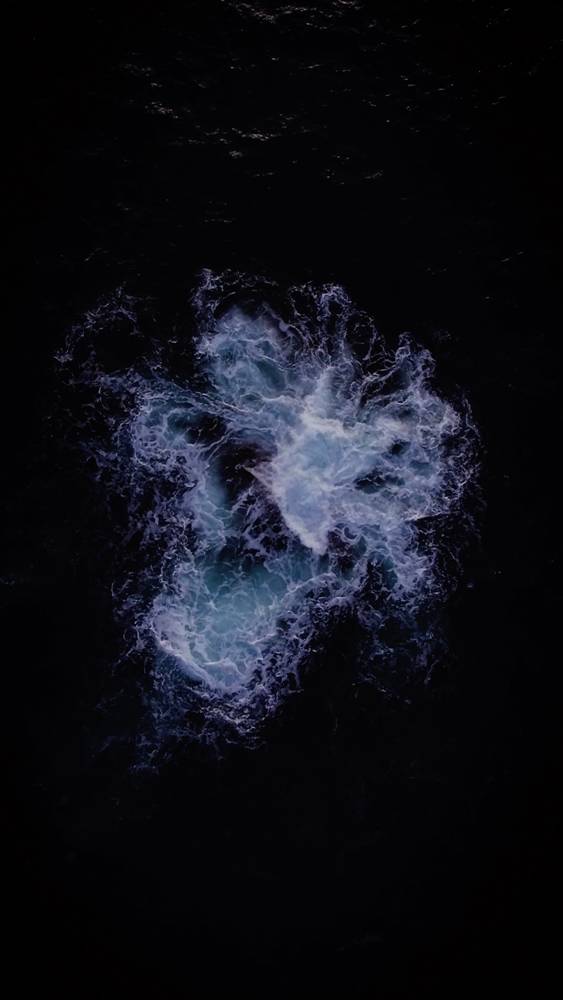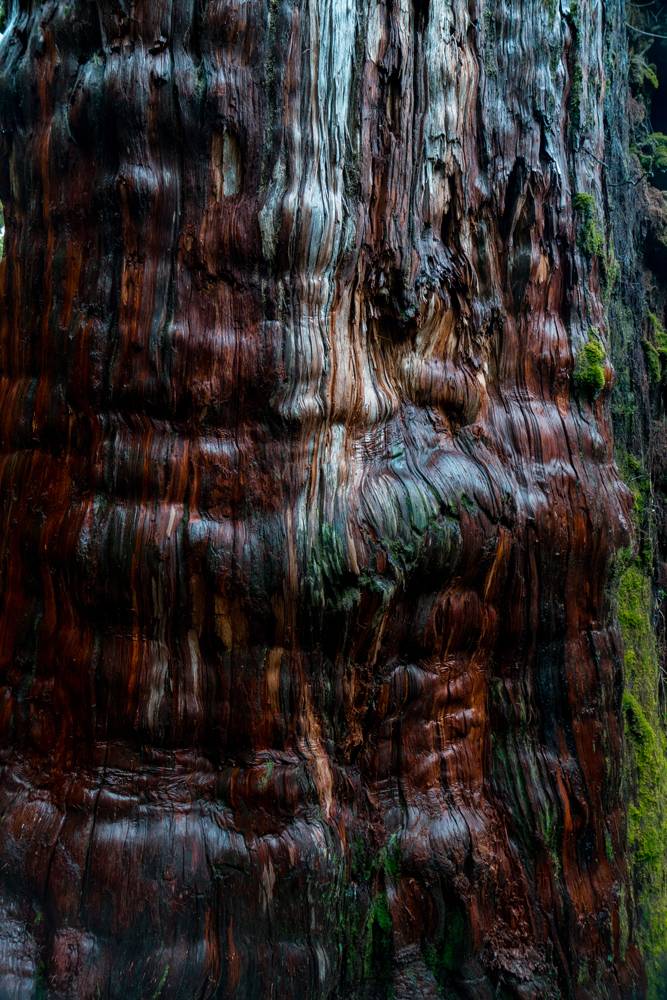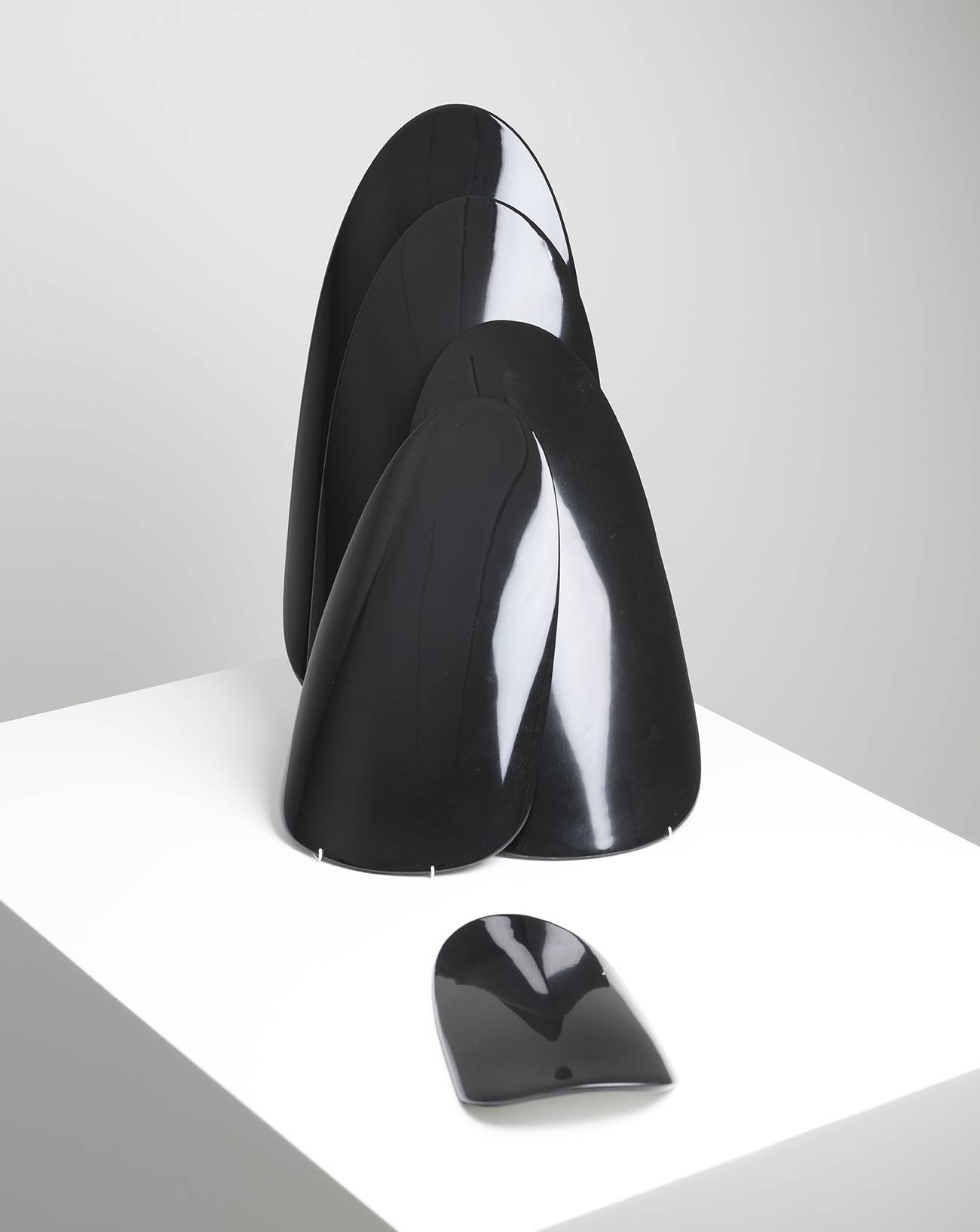.
On April 7th, the UN estimated that over 4 million Ukrainians had left their country to flee from the Russian onslaught. Since January, tens of thousands of people have left their homelands in Somalia because of the severe droughts hitting in the country. And almost a year ago, 130 African migrants lost their lives off the coast of Libya in the Mediterranean Sea, when the dinghy in which they had embarked on the promise of a better life sank. In the face of today’s devastating political and climatic crises, migration has become a question of survival, often leading to fatal risks and deep heartbreak for the exiles. As these movements redefine the world map, as indigenous populations are threatened by the global economy, and as birthright citizenship has become a hot topic all around the world, what does it mean to be a citizen of a country, a region, and earth today? Once a matter of conquest, migration has now become synonymous with uprooting and danger. As a universal response to this harmful context, the exhibition “Jusque-là” displayed at Le Fresnoy – National Studio of Contemporary Arts has chosen to focus on the poetic force
found in the notion of “crossing”, without neglecting the tangible political resonances of it. Based on its residency in Lens, the Chilean artist Enrique Ramirez and the Pinault Collection designed the event at the heart of the art school in Tourcoing, France. The exhibition brings together a dozen of his works with ten other contemporary artists borrowed from the French businessman’s rich art collection, from Danh Vo to Jean-Luc Moulène or Latifa Echakhch, whose forms and topics follow that narrative arc.
The sea takes on the lead role in the exhibition. Whether it is being heard through the sound of waves in the building, appearing in photographs, paintings, and videos, or being materially embodied by elements it has once transported, tossed about, or even washed ashore, the sea seems to flood the place and its visitors without a single drop of water. It stands as a reflection on the place water takes in the Enrique Ramirez’s work. As the son of a sailmaker and a native of Santiago de Chile who spent most of his life in a country bordered by a 4300-kilometer coastline, the 43-year-oldman has been fascinated with boats since childhood. The most prominent example of that currently stands right in the center of the vast, dark exhibition space. A life-size sailboat turned upside down and suspended on the ceiling with its orange sail pointing down to the ground is exhibited as a tribute to the many ships overturned by the tumultuous waves of the oceans. The orange color is also reminiscent of the life jackets worn by the migrants crossing the waters no matter what the cost.


In his own artistic practice, Enrique Ramirez always seeks instability. Instead of the firmness of the earth on which humans have built the foundations of their future for over a thousand years, the artist would rather focus on the sea, which he understands as “a real material and support to understand the world”. On twelve cubic television sets, spread out like blocks at the back of the main room, one can discover his videos of the ocean shot from the sky. Within these twelve squares, the continuous movement of images overturns the minimal, black, and fixed form of the container. Digital and almost abstract canvases unfold with flow on these screens, as a testimony of the unpredictable power of a planet made up of 70% water, which humans will never be able to completely tame despite their efforts. A few steps away, another striking film projected on a large screen demonstrates the Chilean’s ability to combine politics and poetics. In the Bolivian salt desert, a masked figure covered by a gigantic puddle of water caused by the rain is dragging a bunch of costumes tied to his waist with ropes across the white sand. The devil-like or a dragon- like mask was originally created by the region’s indigenous people to frighten the Spanish conquistadors. It now becomes the prop of a colorful yet strange carnival, joined by a brass band of local musicians. While the actors in the video are advocating for the indestructible link uniting them to their land by the simple act of walking, this procession facing the horizon and heading towards the right-hand side of the frame is also a rite of passage to the afterlife.

Enrique Ramirez, Punto de fuga al profundo horizonte, 2019. Vidéo HD, couleur, son stéréo,12 vidéos. Durée variable © Enrique Ramírez, ADAGP Paris 2022. Courtesy de l’artiste et Michel Rein, Paris/Brussels

Enrique Ramirez, Alerce, 2017. Film 2 k, couleur, son stéréo. 8 min. 12 sec. © Enrique Ramírez, ADAGP Paris 2022. Courtesy de l’artiste et Michel Rein, Paris/Brussels
If the sea was the protagonist of the exhibition “Jusque-là”, vegetation would be the supporting character. The horizontality of water is matched by the verticality of trees, plants, and forests. On the threshold of the main hall, the curtain designed by Franco-Swiss artist Vidya Gastaldon unfurls a rain of rainbow leafy lianas, inviting visitors to walk through a cluster of artworks deliberately devoid of any partition... and border. In the background, a second film by Enrique Ramirez highlights the stature and dignity of the oldest tree in South America – 3600 years old – with the deference due to this venerable ancestor. The slowly camera rises along its massive trunk towards the sky, as if to recall all the centuries of that authentic natural monument that has lived through many fires in its forest. On the ground, the long bundle of branches assembled by the Dane Danh Vo seems to echo the tree. Fragments of bodies carved out of wood – the pieces of a 17th century Christ – are entangled and almost indistinguishable. In Daniel Steegmann Mangrané’s video, stick insects slowly detach themselves from their twigs, while Enrique Ramirez’s ocarina- like instruments produce whistling sounds of birds every three minutes thanks to a system of pendulums. Nature is not inert, but very much alive and protean here. From the thousand-year-old colossi to the invisible or microscopic protagonists,nature keeps vibrating, even when only ruins or scraps remain.


Lucas Arruda’s pictorial landscapes, Jean-Luc Moulène’s rock covered with eyes... If the first exhibition room may seem arid with a selection of quite enigmatic artworks and rather cold layout, this introduction distils a few fragments of the central theme, the meaning of which will become clearer later on. From the prologue onwards, however, Enrique Ramirez and curators Pascale Pronnier and Caroline Bourgeois assert their desire to chart a new cartography of the world, in which wild nature and the people who have been pushed aside, dominated, or uprooted, now redefine the borders. Here, the silhouette of Latin America is molded in clay by the Chilean artist to become a freshwater container similar to a sacred stoup. Further on in the exhibition, the copper coins he shaped one by one, then meticulously glued to a base to draw a map of the Mediterranean, emerge. The number of coins refers to each person who disappeared in that sea in 2016. Almost mimicking artist Felix Gonzalez-Torres and his famous pile of candy created to warn the audience about the deaths due to AIDS in 1991, Enrique Ramirez captures everyday objects, economic symbols by nature, to denounce urgent problems to which many political powers still choose to turn a blind eye.
“The sea is a mirror of economic flows, of the way the world works today,” the forty- year-old shared to Arte channel two years ago. Environment is indeed political and can be used, through art, to assert or question one’s affiliation of a nation. This is what the artists and works gathered in the exhibition “Jusque-là” stand for, each one in their own way. From the modern time Robinson Crusoe standing on an islet surrounded by water and waving the Israeli flag in front of the modern towers of Tel Aviv, filmed by the video artist Yael Bartana in 2006, to Paulo Nazareth’s fourteen photos lined up on the wall that document the pedestrian adventure of the Brazilian man who walked for ten months from the south to the north of the American continent. Whether they are explicitly committed or more contemplative, the works borrowed from the Pinault collection come to Le Fresnoy like external beings echoing Enrique Ramirez’s pieces and compasses marking out the space to unfold his argument. The exhibition takes on the role of a boat and invites the visitor to embark on a journey whose destination barely matters in the end. What matters above all is the poetic and political experience of it.
“Jusque-là”, from February 4th to April 30th at Le Fresnoy – National Studio of Contemporary Arts. Exhibition co- curated with the Pinault Collection, Tourcoing.
![Paulo Nazareth, Untitled, from Noticias de America [News from the Americas] series, 2011/2012. Tirage sur papier coton. Sans cadre: 18 x 24 cm © Paulo Nazareth. Courtesy Mendes Wood DM, Sao Paulo, Brazil, Brussels Pinault Collection](https://numero.twic.pics/2022-04/exposition-fresnoy-enrique-ramirez-lucas-arruda-danh-vo-numero-magazine7.jpg?twic=v1/quality=83/truecolor=true/output=jpeg)
![Paulo Nazareth, Untitled, from Noticias de America [News from the Americas] series, 2011/2012. Tirage sur papier coton. Sans cadre: 18 x 24 cm © Paulo Nazareth. Courtesy Mendes Wood DM, Sao Paulo, Brazil, Brussels Pinault Collection](image:https://www.numero.com/sites/default/files/2022-04/exposition-fresnoy-enrique-ramirez-lucas-arruda-danh-vo-numero-magazine7.jpg)















